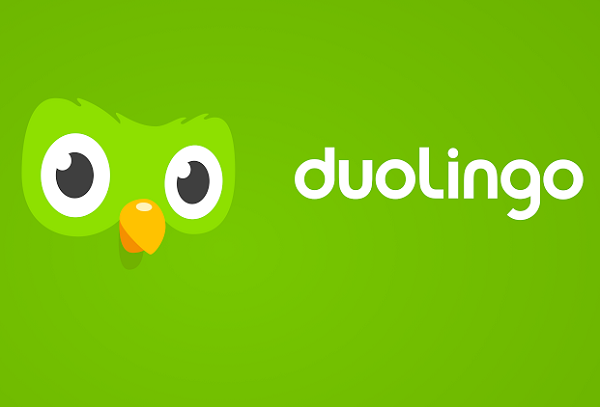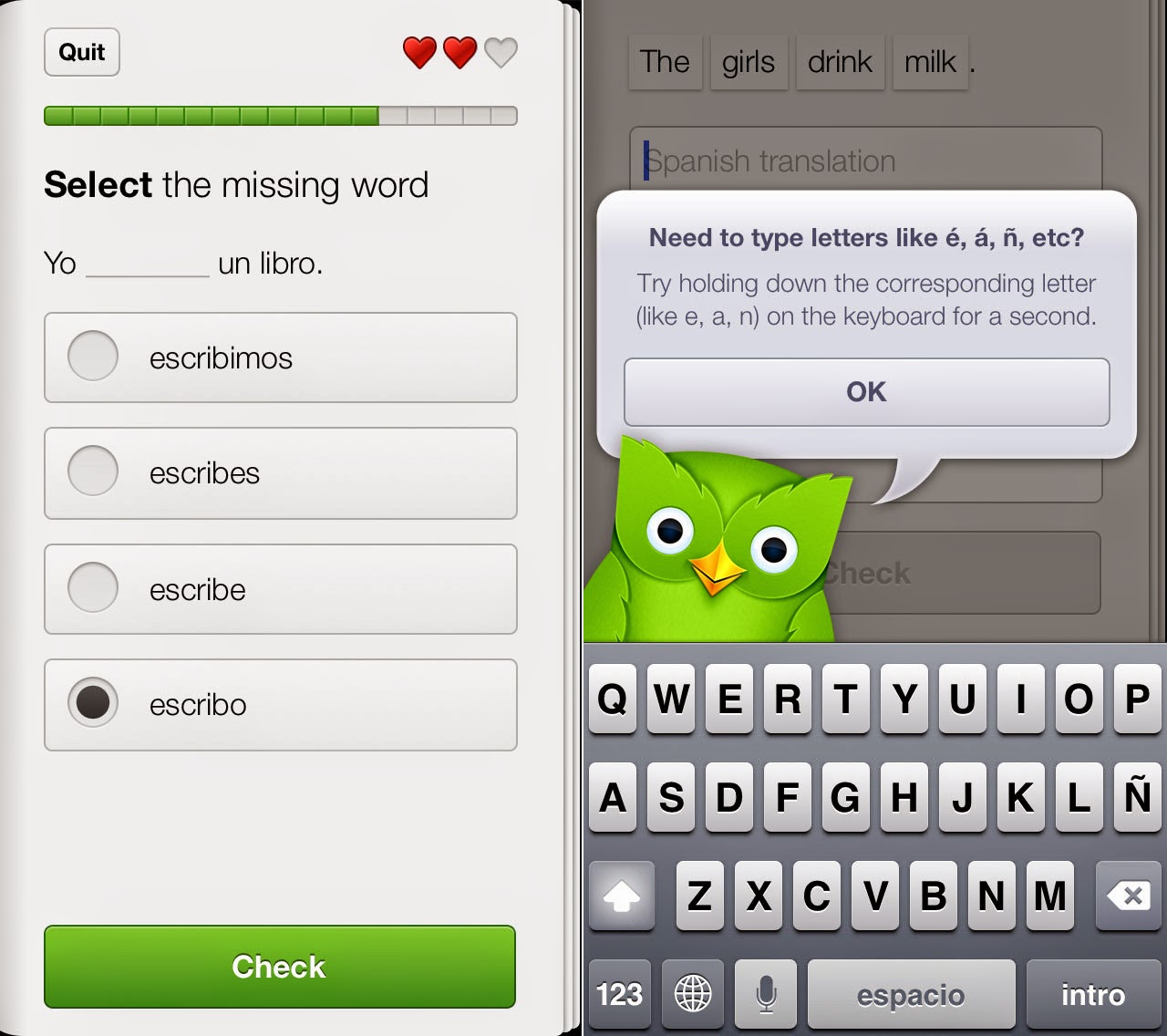
But I think a true level B2 would be a reasonable ambition for learning a foreign language in your own country and for your own pleasure. Without living or working in a country and being immersed in its culture, I would never expect to become fully fluent in the language. In theory, this should mean I could interact “with a degree of fluency and spontaneity”. Pre-travel, I did the language school’s multiple-choice assessment test, which graded my Italian at B2, or advanced. While there, I also booked myself onto a language course for two hours a day. With travel opening up again after the pandemic, I decided to put what I’d learned to the test and booked myself a week’s holiday in Italy. Duolingo has since added a sixth “legendary” level, that I’m working through now. It took me nearly four years to work through the first five levels, which was the full extent of the course when I started. On the free version, the adverts quickly become annoying and waste your time, and you can’t work offline. Incidentally, I use the paid-for version of the app, which I recommend, and not just to support the developers.

No extra reading, no vocabulary lists, no grammar exercises, just Duolingo. If I’m pressed for time, I might spend only two minutes revising an easy lesson from the beginning of the course. I normally spend around 10 to 20 minutes and do one or two, or occasionally three, lessons.


First thing every morning, I make myself a cup of tea, then sit on my sofa drinking the tea and doing Duolingo. The thing I rate most highly about Duolingo is its ease of use. I probably also thought it would be relatively easy as I already knew some French and Spanish. I had recently visited Italy for a swimming event and I could see myself going again, so I guess that was one motivation. For reasons that remain obscure to me, I picked Italian. Instead, I decided to learn something new. However, I got bored with the beginner exercises you need to work through before you can progress. In 2017, I discovered Duolingo and thought it would be a good tool to revise my rusty French and Spanish. I made daily lists of words to memorise, worked my way through books of grammar exercises and tried to speak the languages as often as possible. I struggled with languages at school but found I picked up a usable amount of Spanish and French while working and travelling in Central America and West Africa in my twenties. ‘App’ wouldn’t enter my vocabulary for another 20 years. The last time I studied a language, we barely had computers.


 0 kommentar(er)
0 kommentar(er)
